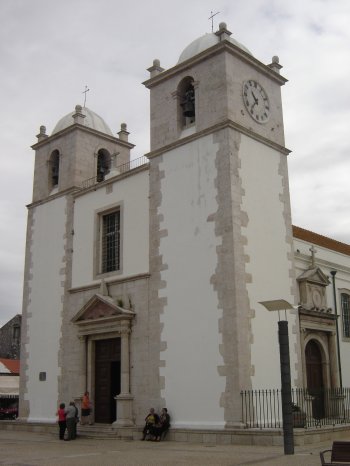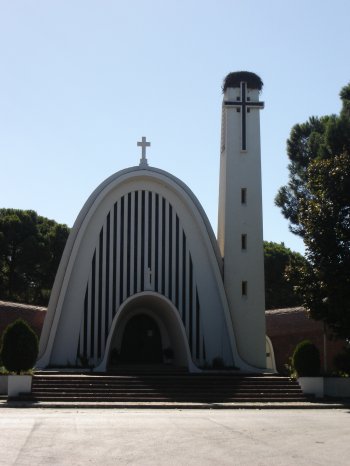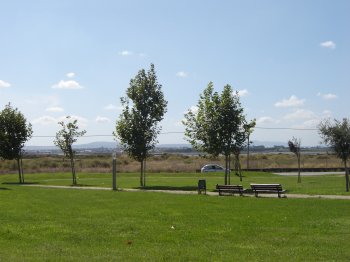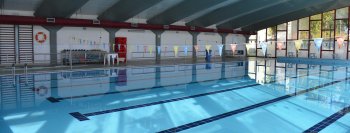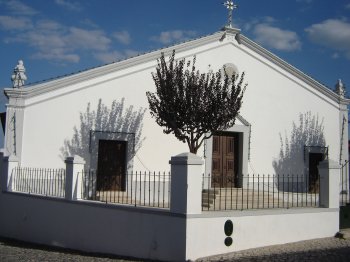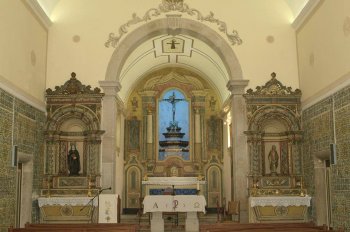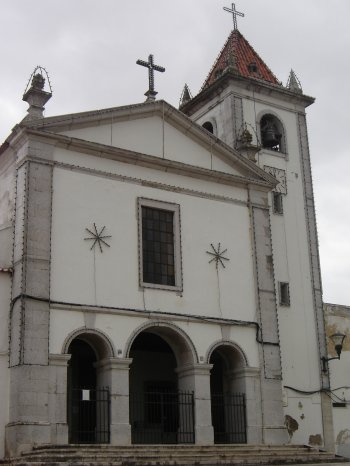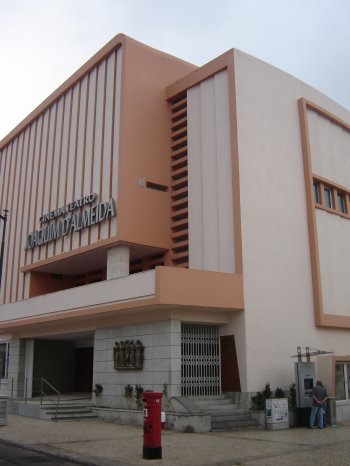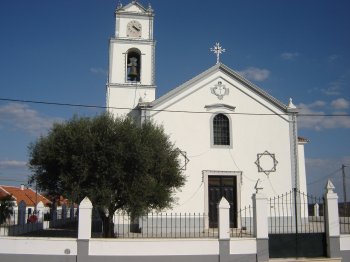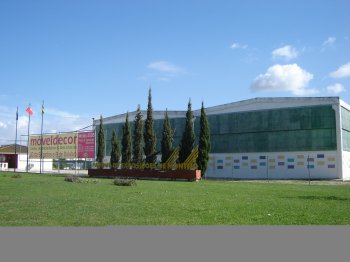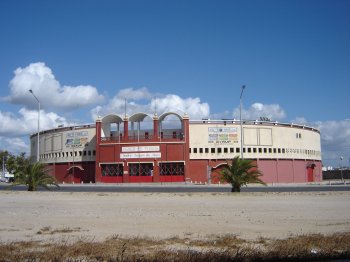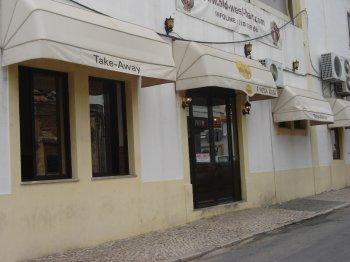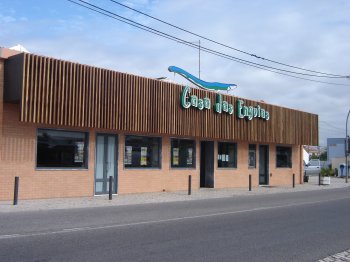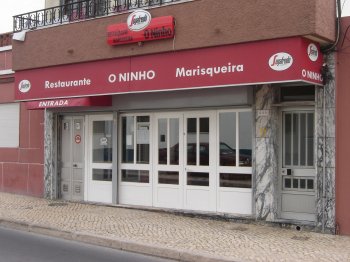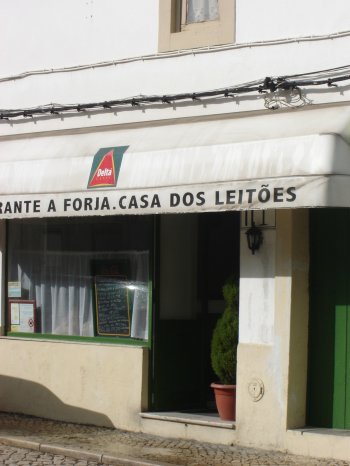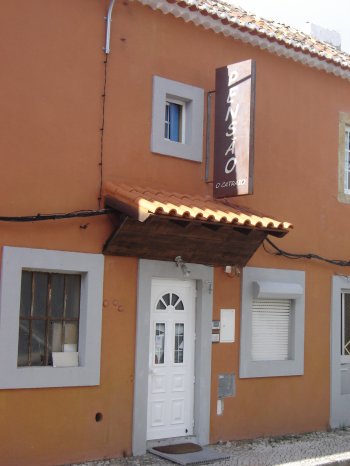Montijo
Located north of the Setúbal Peninsula, in a transitional area between the alluvial plains of the southern bank of the Tagus Estuary, the Ribatejo plain, and the Alentejo peneplain, the municipality of Montijo is part of the Lisbon metropolitan area. With the construction of the Vasco da Gama Bridge and the completion of several major road arteries, Montijo, like other neighboring municipalities, has strengthened its economic strategy, competing to attract new investments, more closely linked to commercial activities, to the detriment of those linked to the primary sector. Regional products such as pine nuts, honey, sheep's cheese, sweets with their "aldeanos" (almond and gila cakes), and wine (Pegões) are the municipality's trademarks.
What to do in Montijo
Where to eat in Montijo
Portuguese
17.50 €
The gastronomy of this House is based essentially on the grill, but the Masada of grouper and shrim…
Portuguese
20.00 €
A large space that serves regional, typically Portuguese, food, mostly fish dishes.
Portuguese
12.50 €
Occupies a centenary building in Central Montijo and has on the top floor the Old West bar. The kit…
Portuguese
20.00 €
Ample space to serve tasty dishes of Portuguese cuisine. The house specialty is naturally made dish…
Portuguese
20.00 €
A restaurant with traditional Portuguese dishes that specializes in monkfish rice and Alentejo "aço…
Portuguese
10.00 €
A rustic an relaxed restaurant, famed for its roast sucking pig, cooked on a wood oven.
Portuguese
15.00 €
Começou a vender vinho já lá vai mais de um século, mas só na última década é que este espaço na ma…
Where to sleep in Montijo
Located in the Pegões plain, in a farm that has about 70 000 metres of vineyards. It has 10 fully equipped rooms.
A boarding house located near the river, with 13 fully equipped rooms. It has a restaurant, the oldest in the parish, that serves regional food.
Near Montijo
Alcochete
The municipality of Alcochete is located on the south bank of the Tagus estuary and is part of the greater Lisbon area, enjoying a privileged access …
Seixal
Located on the peninsula of Setúbal, Seixal municipality is part of the metropolitan area of Lisbon. The privileged geographic location, along with t…
Palmela
In the heart of the Lisbon metropolitan area, Palmela is divided into five parishes that differ greatly from each other in terms of demographic dynam…
Moita
Located on the left bank of the Tagus Estuary, the municipality of Moita is part of the Lisbon metropolitan area. The riverfront, with around 20 km, …
